Which Countries Are The Best In Wildlife Conservation?
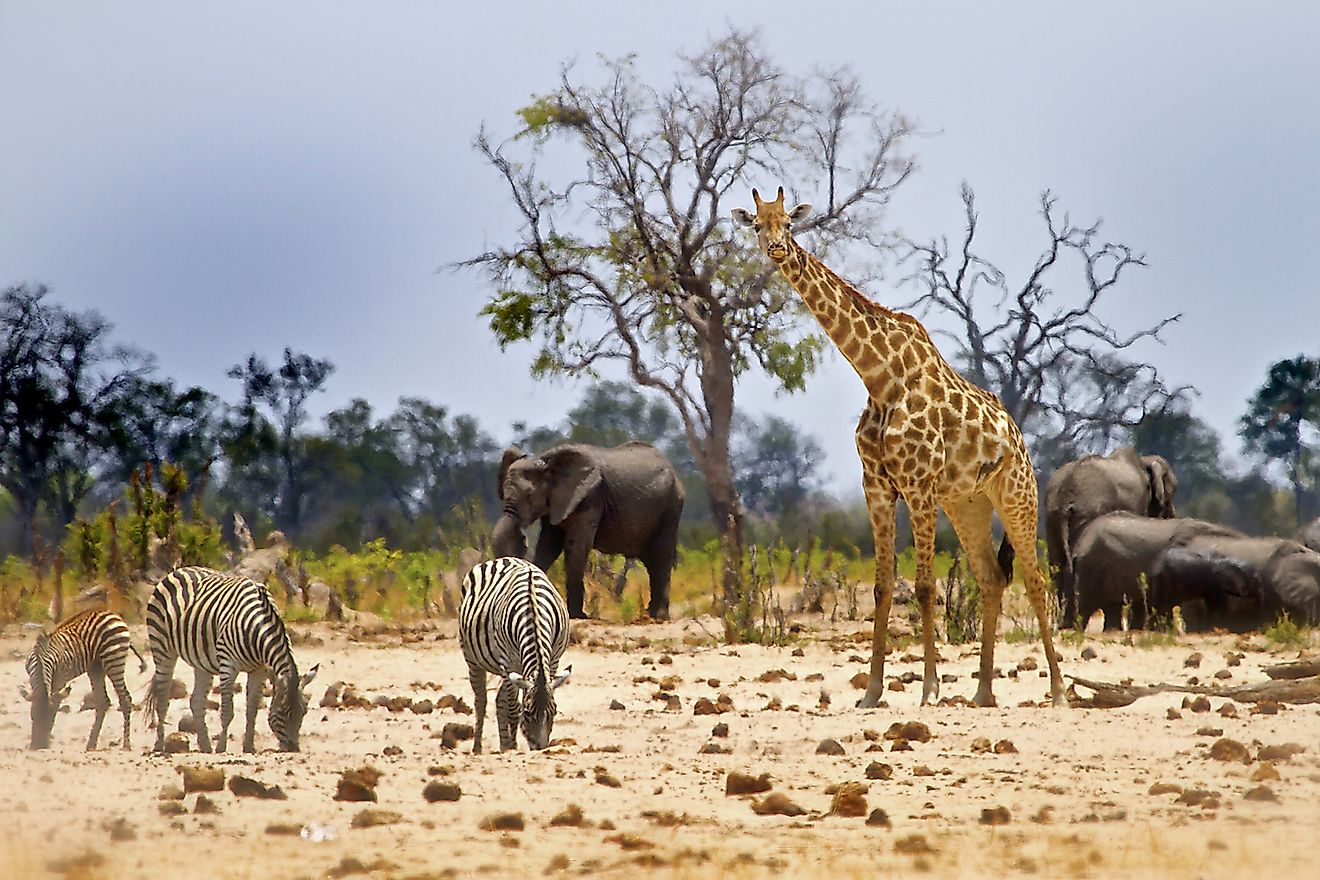
- Botswana tops the list of countries that are doing the most to protect wildlife. It has the highest conservation land ratios in Africa and more than 25 percent of its land area is reserved for parks and other reserves.
- Namibia ranks second in the list. The country is so serious about wildlife conservation it’s the first nation in Africa to include laws that work towards protecting the environment in its constitution.
- Tanzania is dedicated to protecting their animals in the wild so much so that a third of this vast nation is protected.
Some countries simply get it right. They understand that we don't own the world we live in and we are sharing the planet with other occupants. They know that wildlife conservation isn't just an ethical discourse but a necessary step to ensuring human being's survival. They are aware that our actions can endanger other species and push them to extinction. The latter will alter the ecosystem's balance thereby affecting our food sources, our habitat, and in the end the survival of humankind.
A study by Oxford Univesity’s Wildlife Conservation Research Unit in partnership with Panthera found that many affluent countries aren’t doing a lot to preserve wildlife. Among the 152 nations investigated those that ranked the highest are nations from relatively lesser developed nations with a few developed countries like Norway and Canada included in the top 10.
If you are interested to know which countries are doing their part to protect wildlife, here’s a look at the 10 countries that are contributing the most towards wildlife preservation among any other regions in the world based on the scores on the Megafauna Conservation Index.
Rwanda
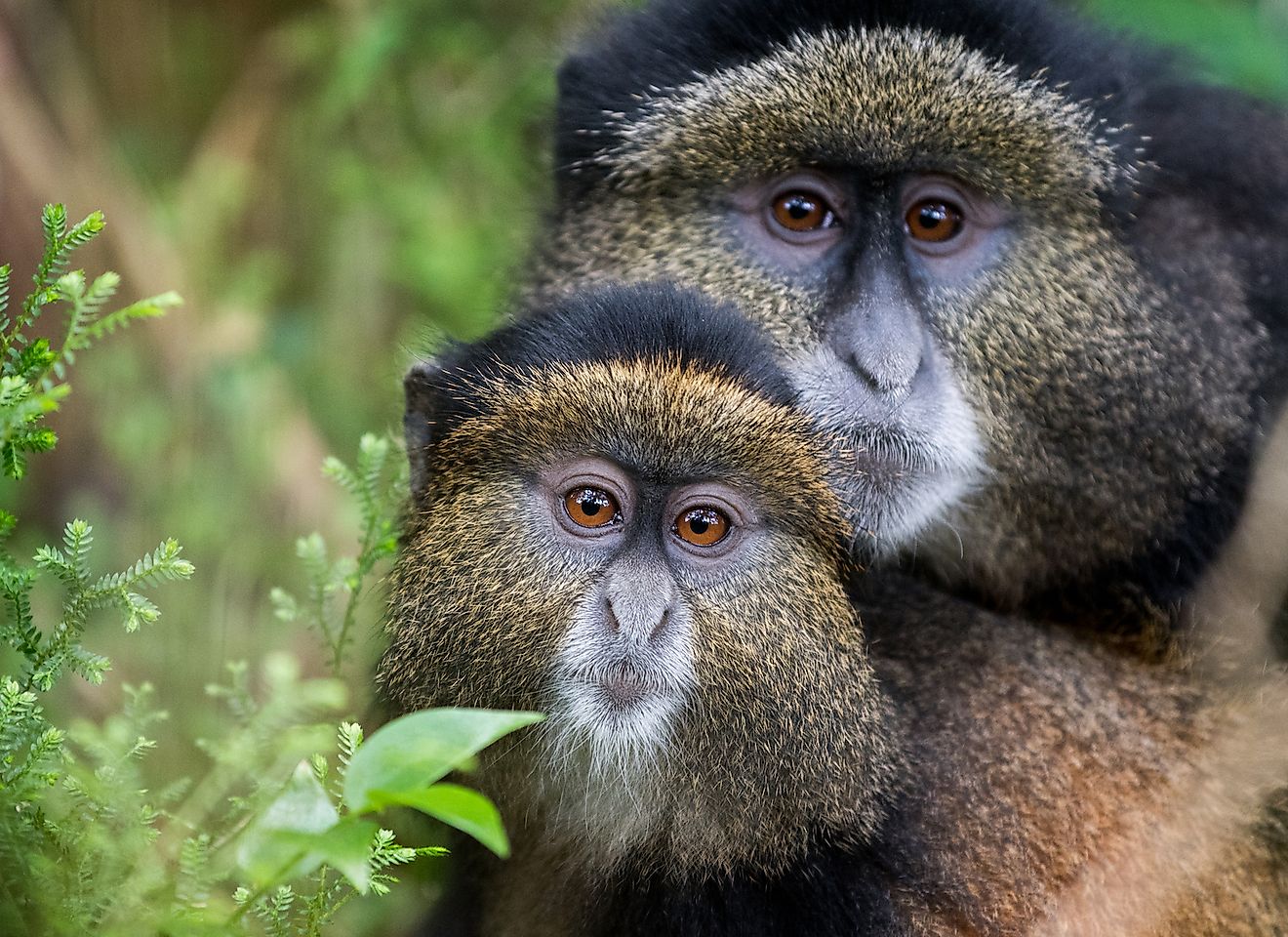
Rwanda, a landlocked Central African country, is gifted with great biodiversity. The Albertine Rift that passes through the Nyungwe forest of Rwanda is home to many endemic species of mammals, amphibians, and birds. Wildlife tourism contributes significantly to the Rwandan economy. As such, the government of the country strives to protect the wildlife for the benefit of the nation. The Government of Rwanda plans to increase the number of protected areas in the country and conduct large-scale afforestation drives so that the forest cover of the nation rises by 10% to 20% by 2020.
Zambia
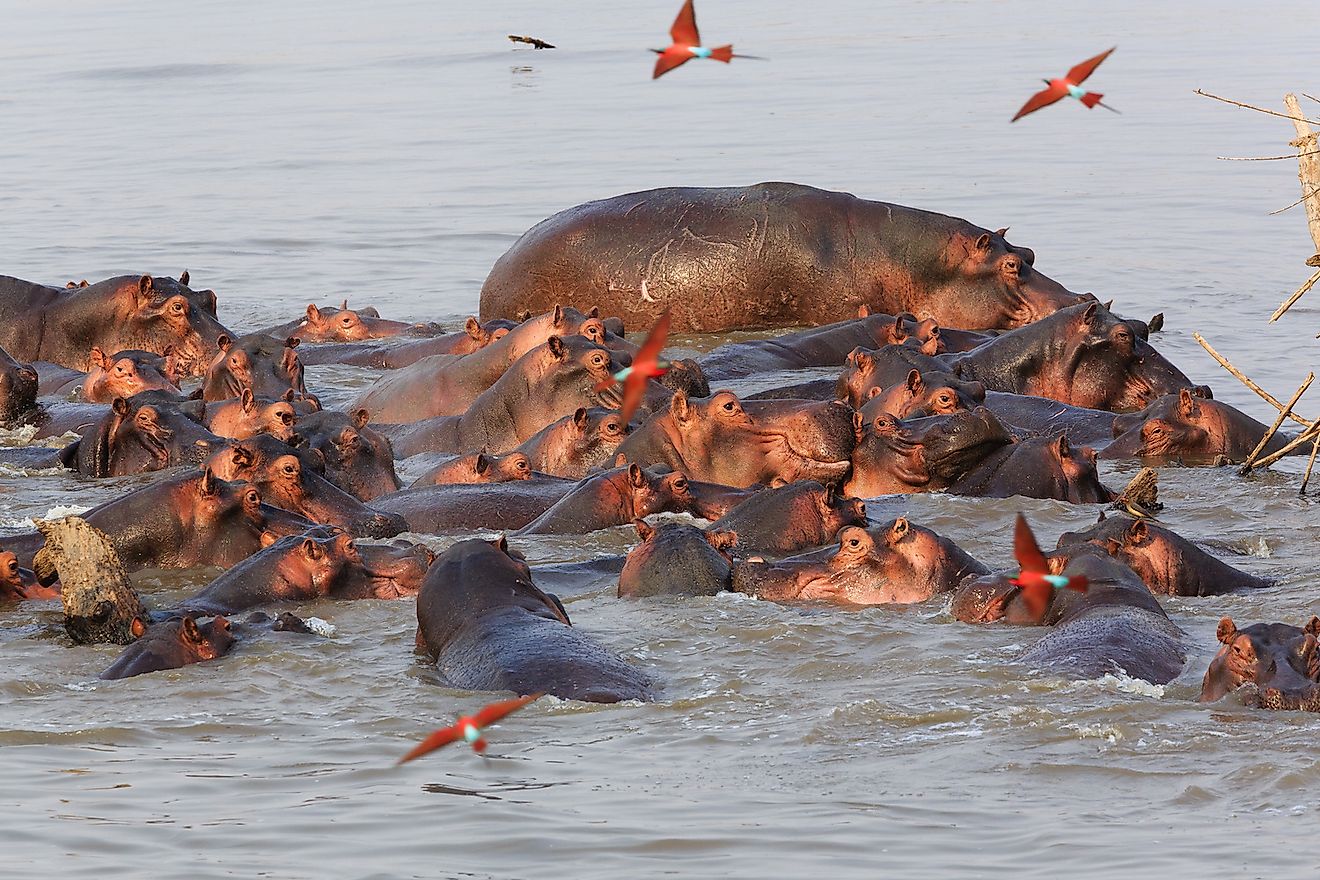
Zambia, with its 20 vast national parks and 34 game management areas, is home to diverse populations of wild animals living in and around its three rivers—the Kafue, the Luangwa, and the Zambezi. The country’s Zambia Wildlife Act No. 12 of 1998, was put together to closely control and manage national parks and effectively monitor wildlife ecosystems as well as these areas' biodiversity. The Zambia Wildlife Authority is tasked with protecting and managing wildlife sanctuaries and regulating human activities to ensure the survival of all the animal species living there.
Canada
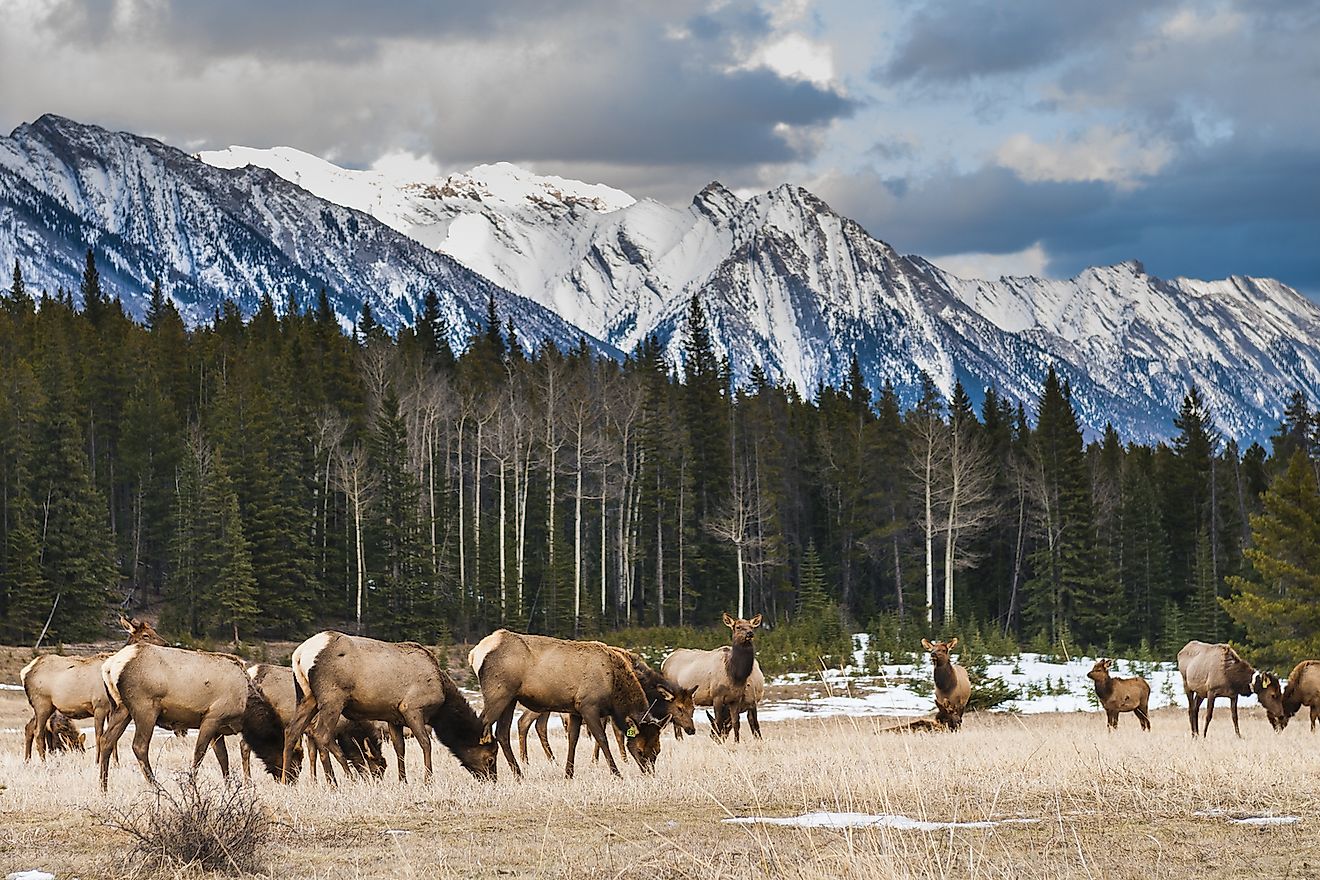
Canada is home to vast national parks, towering mountains, and deep waters that are teeming with wildlife. Its many national parks are protected by law and are maintained by the government to ensure ecological integrity. Various groups of scientists and conservationists in Canada work tirelessly to protect the country’s waters, lands, and wildlife. There are many protected habitats located across the different provinces in Canada. These provide a haven for animals like bears, bison, cougars, and wolves among many other animals, where they can live and thrive.
The Central African Republic (CAR)
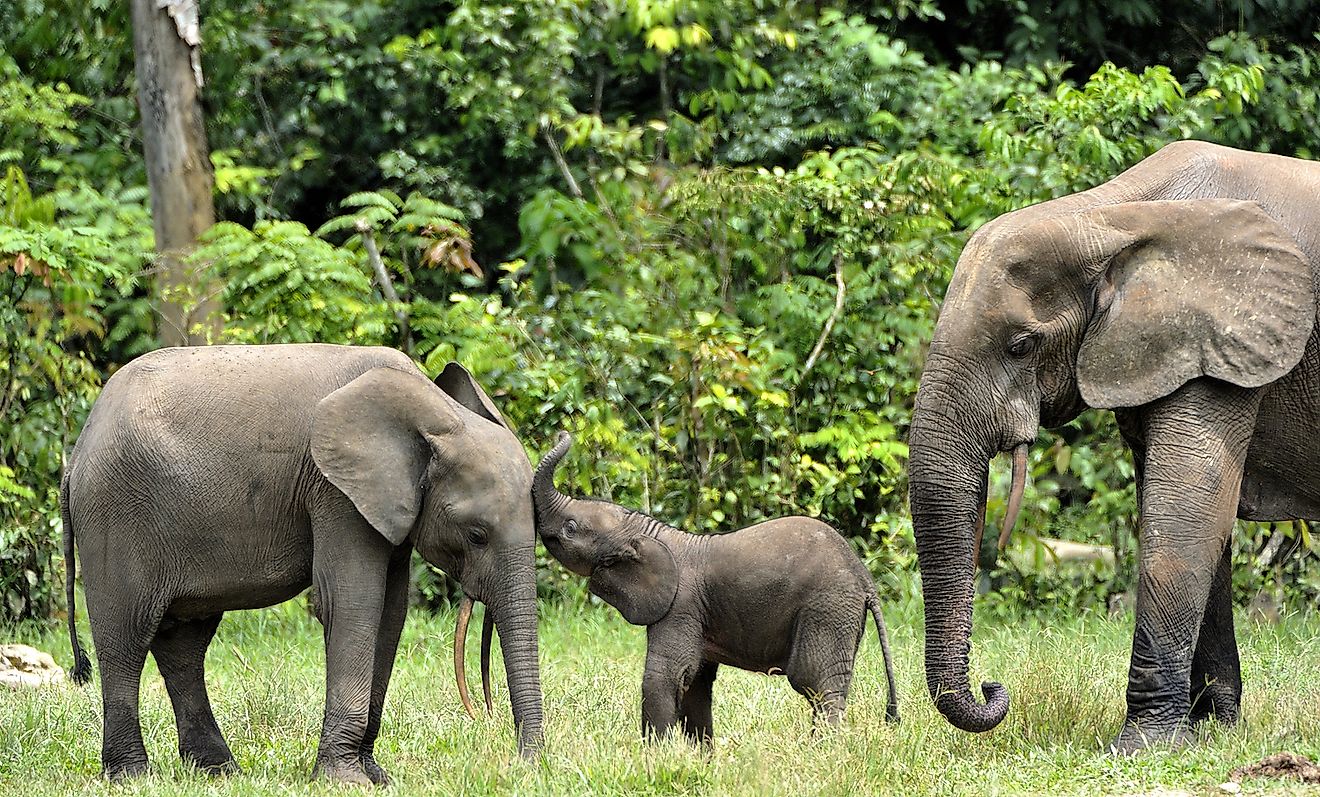
Central Africa is home to an amazingly diverse species of wildlife populations. The Central African Republic (CAR) is a landlocked nation that has 5 designated national parks, which are home to the bongo antelope, western lowland gorilla, the central and eastern chimpanzee, and the mighty forest elephant. Its vast wildlife refuge called Chinko or Chinko Nature Reserve, which covers 5.9 million hectares, is protected by law enforcement agencies.
Norway
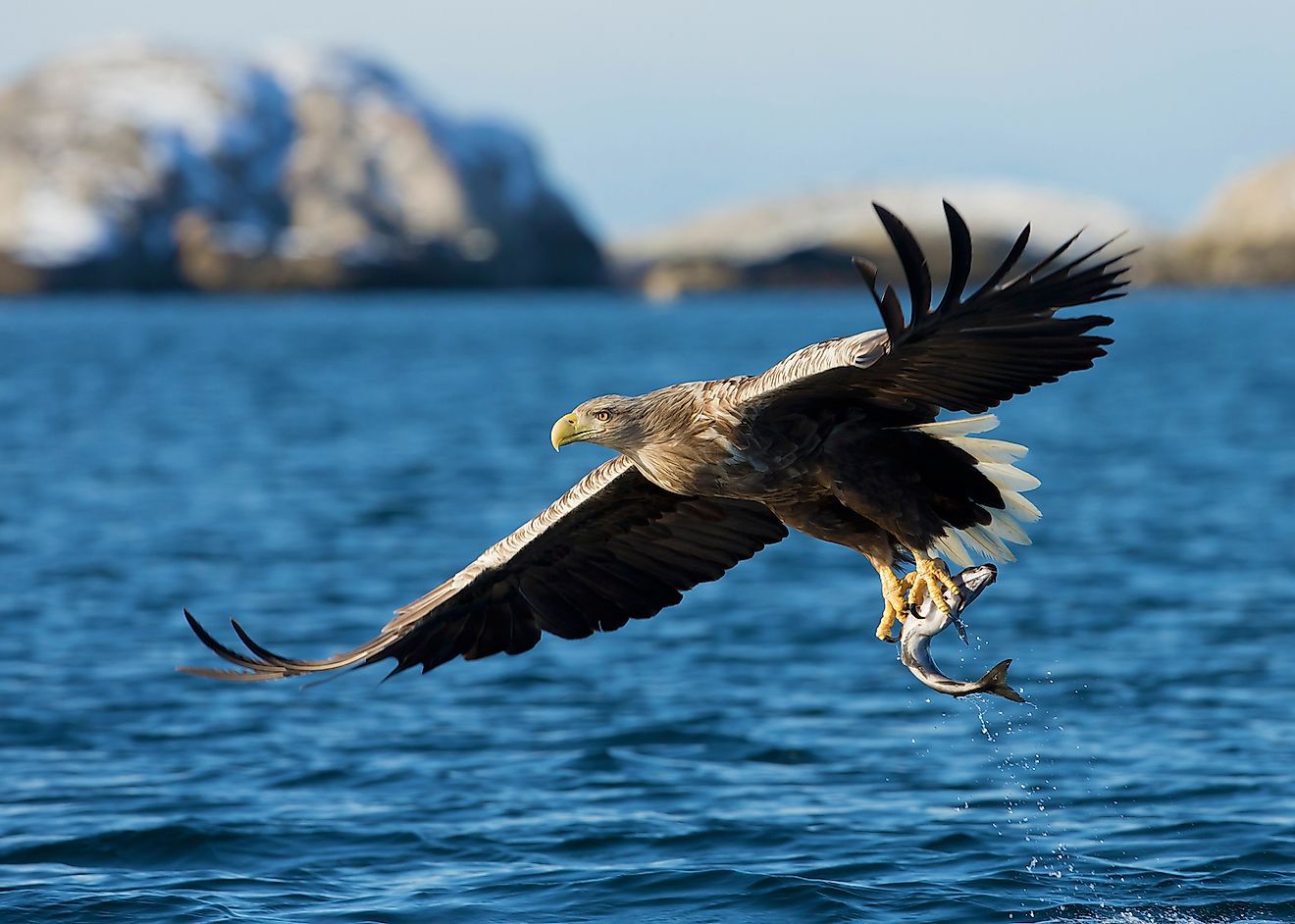
The only European country included in the top 10, Norway, is home to 44,000 species of animals living in the wild. Its government is dedicated to protecting all animals in the country that its Nature Diversity Act, designates priority species that are to be safeguarded, closely monitored, and given special protection. Norway’s Wildlife Act, on the other hand, protects all terrestrial mammals, birds, reptiles, and amphibians in their land and bodies of water.
Zimbabwe
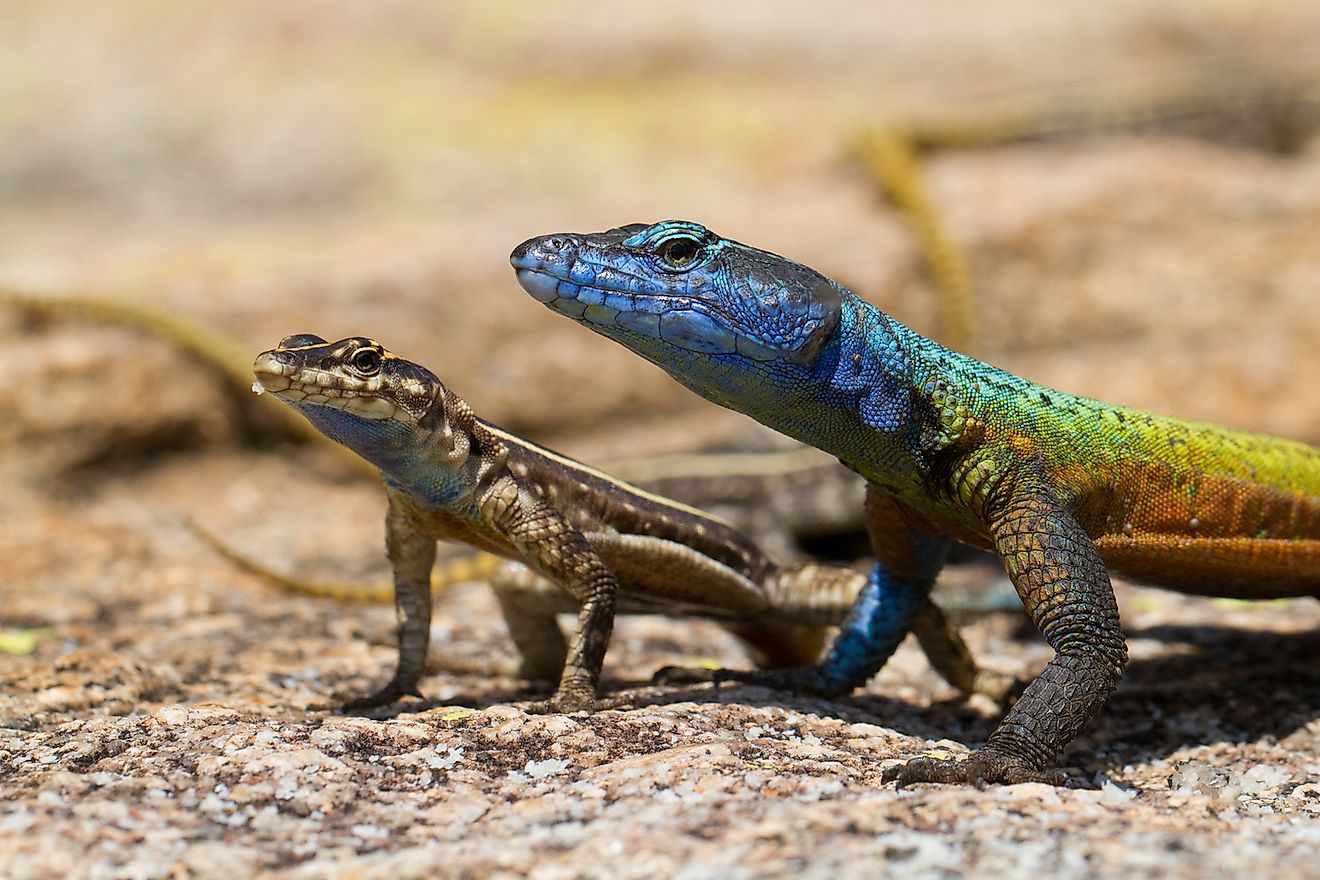
In Zimbabwe, the protection of its wildlife populations is a national priority. Its government assigned vast game reserves dedicated solely to wildlife. As such locals were removed from the areas and hunting was prohibited to let the wildlife populations there flourish. A total of 13% of Zimbabwe’s land is protected and is managed by the Zimbabwe National Parks authority. They now have a total of nine recreational parks, ten national parks, four safari areas, three sanctuaries, and four big botanical gardens.
Bhutan
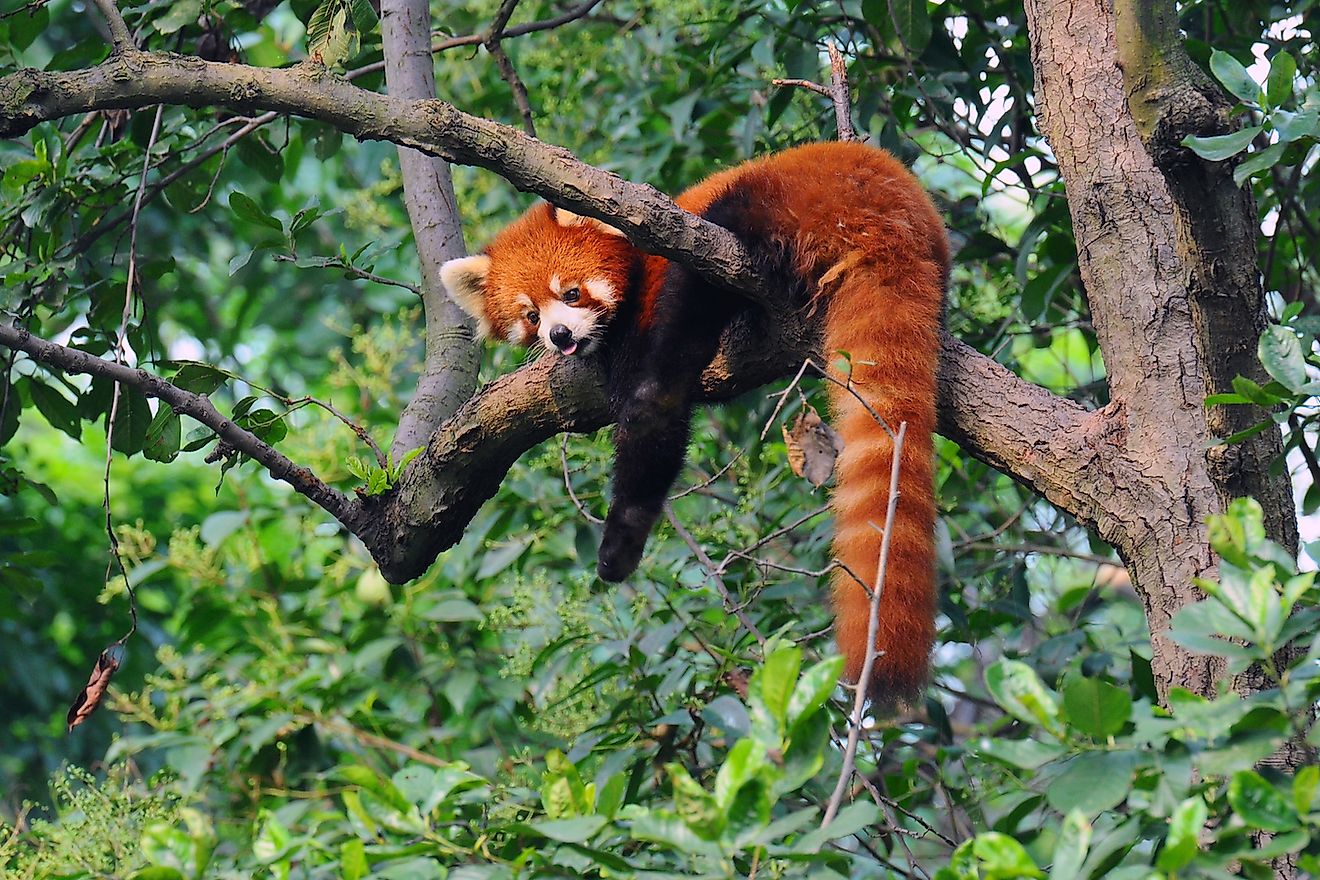
While Bhutan is one of the world’s smallest countries, its efforts to protect wildlife are among the biggest. Their constitution guarantees protection of wildlife and its habitat, with laws that say 60% of the land must remain under forest cover. In addition to this, 51% of the country is protected. Today, a thriving population of black cranes, Bengal tigers, and snow leopards among other animals live in its protected lands that cover an area of 5 million acres.
Tanzania
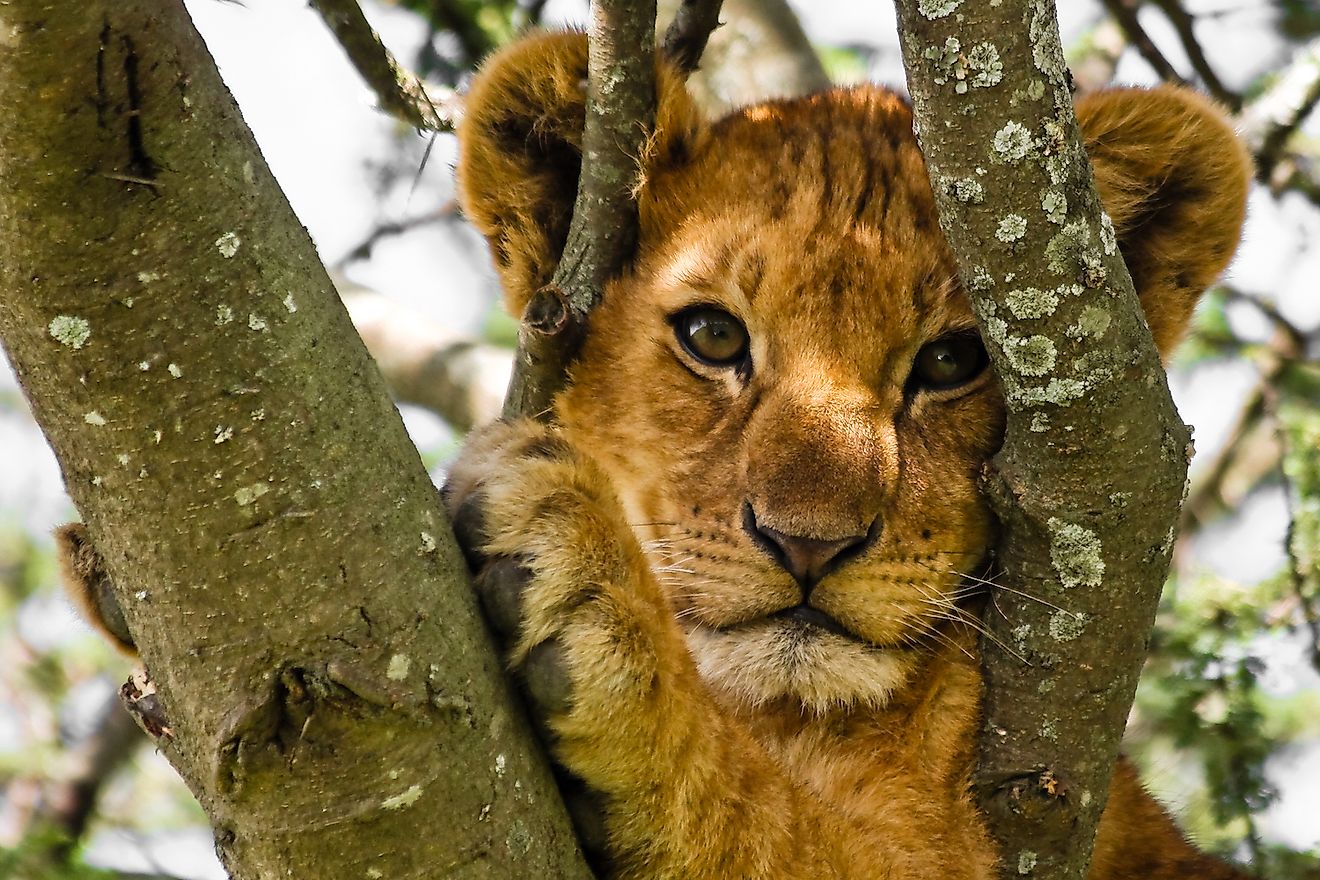
The largest country in its region, Tanzania is home to 1/5 of Africa’s large mammals. They are dedicated to protecting the animals in the wild so much so that a third of this vast nation is protected. There is strict law enforcement in protected areas where entry and exit points are closely guarded. Utilization of wildlife resources is also closely supervised and communities around protected areas are given support so they can manage natural resources and prevent human-animal conflict.
Namibia
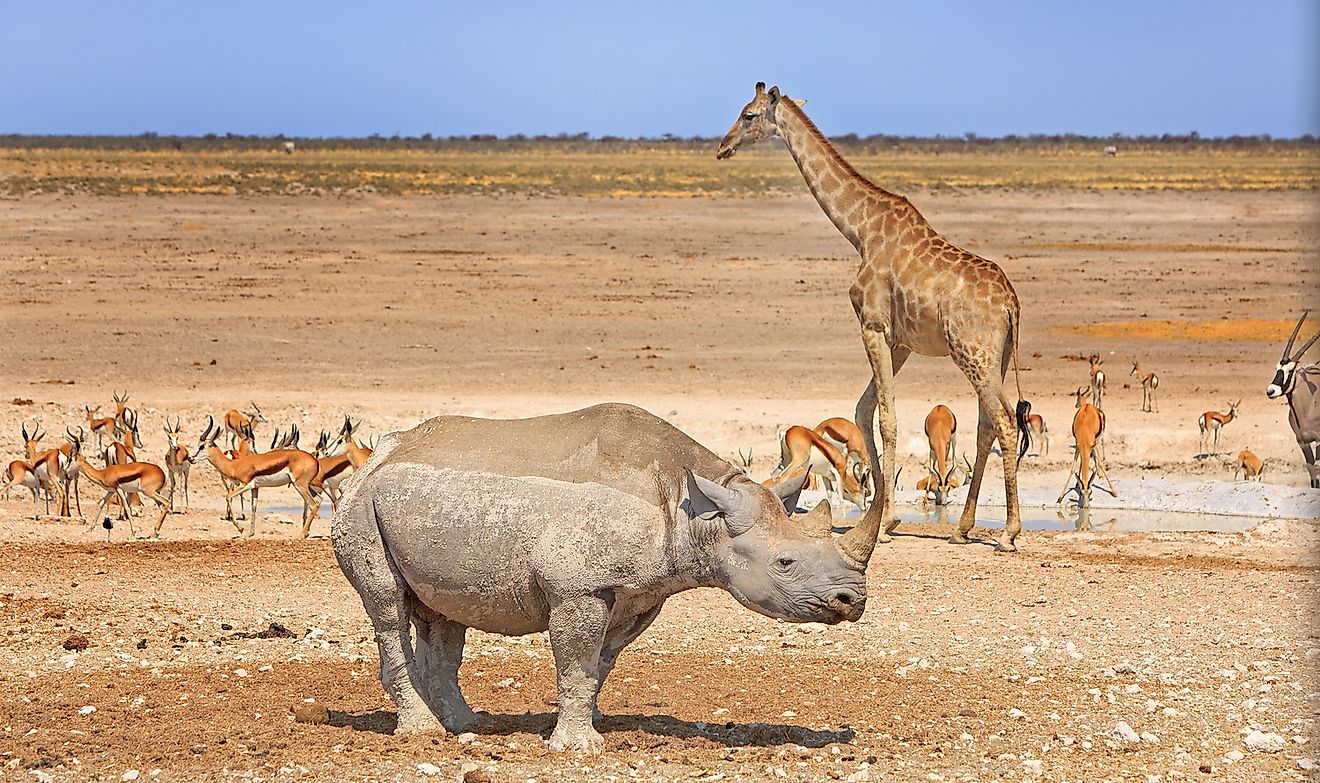
Namibia is one of the few countries in the world that is dead serious about wildlife conservation it’s the first country in Africa to include laws that work towards protecting the environment in its constitution. Communal conservancies were also created that gave people living in communal areas the power to manage their natural resources. The efforts soon paid off, after a few years they managed to restore populations of cheetahs, lions, zebras, and black rhinos and many other animal species living in their forests.
Botswana
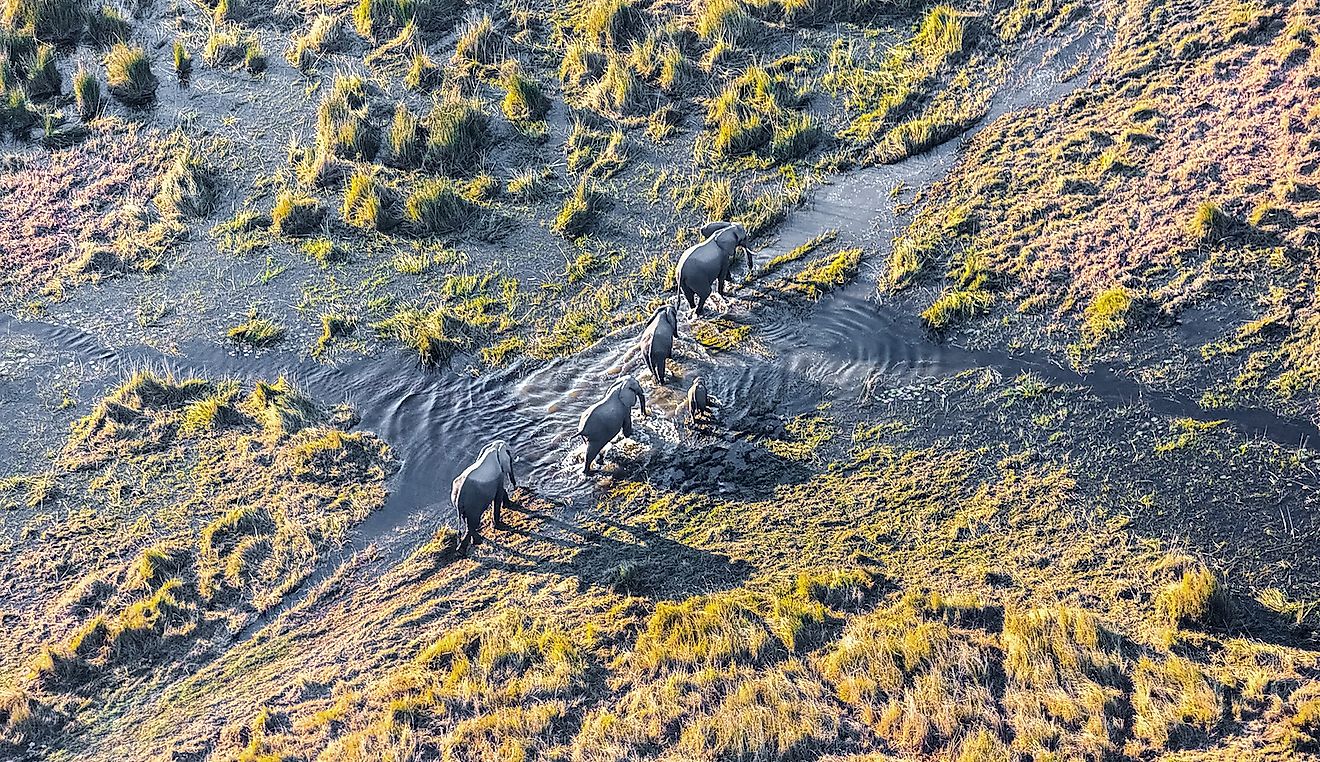
According to Botswana's Wildlife Conservation group, the country has the highest conservation land ratios in Africa. More than 25 percent of its land area is reserved for parks and other reserves to safeguard the country’s natural heritage and protect its wildlife. As much as Bostwana relies heavily on wildlife tourism it does so sustainably by limiting visitors they welcome. Their efforts to save wildlife have proven successful in recent years, in fact, their famous Chobe National Park with its four ecosystems, has the most abundant wildlife concentration in Africa.
Which Countries Are The Best In Wildlife Conservation?
| Rank | The countries with the highest scores on the Megafauna Conservation Index |
|---|---|
| 1 | Bostwana |
| 2 | Namibia |
| 3 | Tanzania |
| 4 | Bhutan |
| 5 | Zimbabwe |
| 6 | Norway |
| 7 | Central African Republic |
| 8 | Canada |
| 9 | Zambia |
| 10 | Rwanda |











